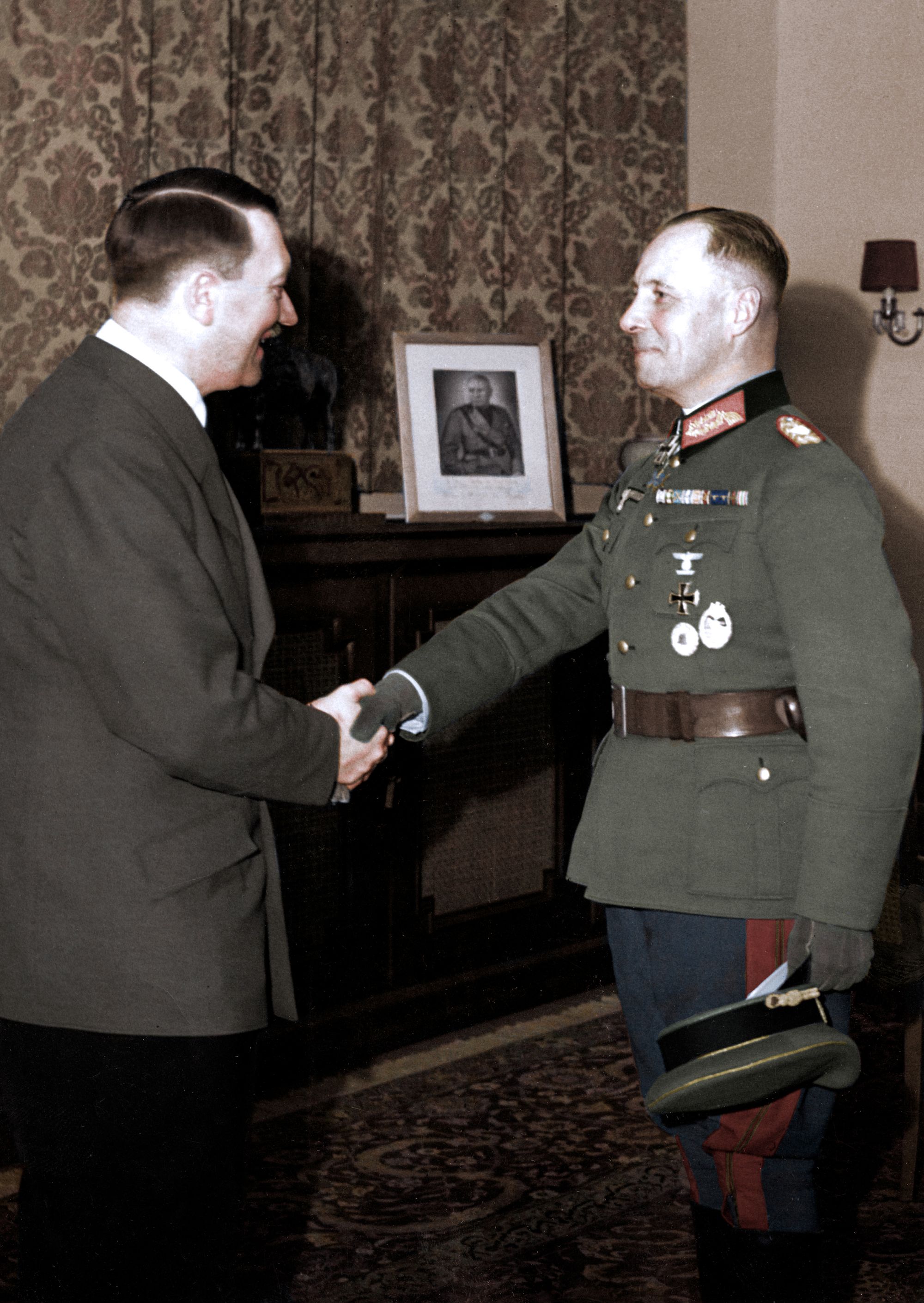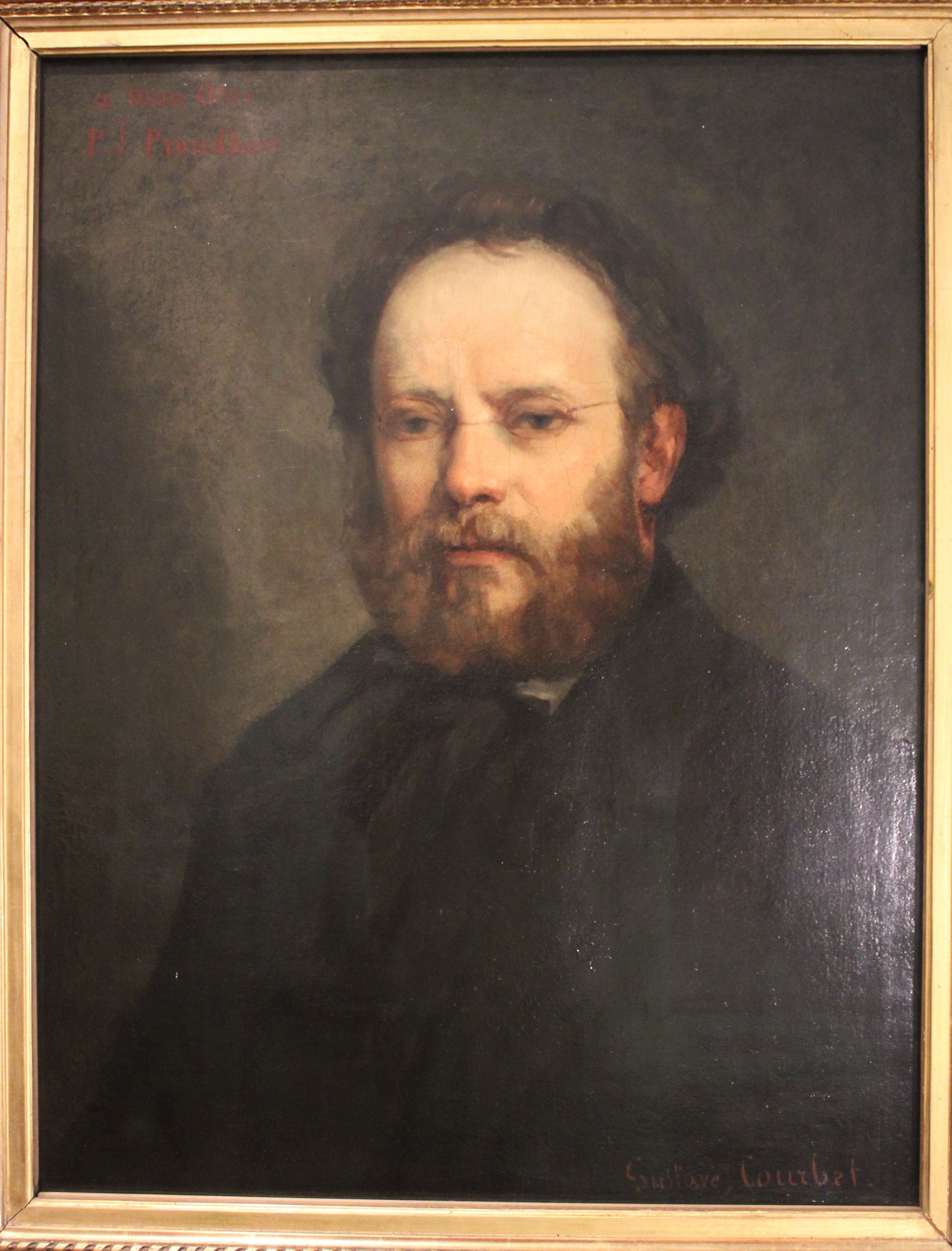What are Different Types of Government and how they differ?
Let's explore the different types of government systems and how they shape political landscapes. From authoritarian governments to republics and democracies, discover the role of monarchy, the principles of socialism, and the complexities of anarchy.

Let's explore the different types of government systems and understand their distinct characteristics and how they shape the political landscape of a country.
Democratic Government

Democratic governments, such as the United States, Canada, and Australia, are characterized by the rule of the people.
Citizens have the right to participate in decision-making processes through voting for representatives or directly on certain issues.
Monarchies

Monarchies, like the United Kingdom, Saudi Arabia, and Japan, are governed by hereditary monarchs.
While some monarchies may have limited democratic elements, the monarch's authority remains a central feature.
Dictatorships

Dictatorships, exemplified by North Korea, Cuba, and Zimbabwe, are characterized by one ruler who holds absolute power.
These leaders often suppress dissent or opposition and gain control through force or inheritance.
Oligarchies

Oligarchies, seen in countries like Russia, China, and Iran, are governed by a small group of individuals with significant wealth, influence, or military power.
In an oligarchic government, power is consolidated among a small group of wealthy individuals or families, leading to resource exploitation and limited representation for the broader population.
Theocratic Governments

Theocratic governments, represented by Iran, Saudi Arabia, and Vatican City, intertwine religion and governance. This type of government dates back to ancient civilizations such as Ancient Egypt and Mesopotamia.
These systems are guided by religious principles, with religious leaders holding significant influence and authority.
Authoritarian Government

Authoritarian government, characterized by a concentration of power in the hands of one central authority, maintains strict control over all aspects of society.
Historically, there have been numerous examples of authoritarian regimes across the world. Perhaps one of the most notorious examples is Adolf Hitler's Nazi Germany, where Hitler implemented a totalitarian regime and exerted absolute control over the German population. Other notable authoritarian regimes include Joseph Stalin's Soviet Union, Mao Zedong's China, and Saddam Hussein's Iraq.

Key components of an authoritarian regime include the suppression of political opposition, censorship of the media, and the establishment of a pervasive surveillance apparatus. These authoritarian governments often rely on a propaganda machine to manipulate public opinion and maintain loyalty to the ruling elite. In addition, a strong military and secret police force are instrumental in enforcing the government's control and suppressing any dissent.
Methods used to maintain control in an authoritarian government range from the use of force and intimidation to the systematic suppression of opposition groups and dissenting voices. Authoritarian leaders often utilize tactics like political purges, arbitrary arrests, and imprisonment without due process to silence any perceived threats to their power. Furthermore, strict control over education and cultural institutions allows the government to shape the thoughts and beliefs of the population, ensuring their continued compliance.
Republic vs. Democracy

A republic is characterized by political power resting in the hands of citizens who elect representatives, while a democracy emphasizes direct citizen participation in decision-making.
Within both republics and democracies, various forms of government exist. In a republic, the most common form is a representative republic, where citizens elect representatives who then make decisions on their behalf. Examples of representative republics include the United States, France, and Germany.
Other forms of government within a republic can include constitutional monarchies, where the head of state is a hereditary monarch, but the power lies with elected officials, as seen in countries like Spain and Japan.
The power distribution and decision-making processes also differ between republics and democracies. In republics, power is more centralized, with elected representatives having the authority to make decisions on behalf of the citizens. In contrast, democracies emphasize citizen participation and decentralization of power. Decision-making is often more inclusive and involves public debate, consultations, and voting.
The Role of Monarchy

Monarchies, such as the United Kingdom, Sweden, and Japan, have influenced governance throughout history.
From absolute monarchies to constitutional monarchies, their form and power have evolved, representing symbols of national unity and continuity.
In an absolute monarchy, the monarch holds supreme authority and exercises unchecked power over the state. This concentration of power often leads to autocratic rule, where decisions are made solely by the monarch without any accountability. In contrast, a constitutional monarchy is a system in which the powers and responsibilities of the monarch are limited by a written or unwritten constitution. While the monarch remains the symbolic head of state, the real power lies with the elected government.

The distinction between absolute and constitutional monarchy highlights an important shift in the role of monarchies. Absolute monarchies were prevalent in ancient times, with rulers like Louis XIV of France and Henry VIII of England. However, as societies progressed, the concept of shared governance gained traction. Constitutional monarchies, like those seen in contemporary countries such as the United Kingdom, Sweden, and Japan, offer a balance between tradition and democracy.
Public perception and support for monarchies vary greatly across different countries. In some nations, like the United Kingdom, there is widespread public support and deep-rooted respect for the royal family. Monarchs often serve as symbols of national unity and continuity. Conversely, there are countries where public opinion has shifted towards republicanism, favoring a system without a monarchy. These divergent attitudes reflect changing societal values and priorities.
In modern democracies, the role of monarchies extends beyond mere symbolism. While their powers are mostly ceremonial, they still serve important functions. Monarchs act as cultural ambassadors, representing their respective nations on the global stage. Their presence can also contribute to political stability, as they provide a sense of continuity and tradition. However, it is crucial that monarchies understand their diminished role and respect the democratic processes in place.
Socialism

Socialism emerged as an ideology during the Industrial Revolution, seeking to address social and economic inequality by advocating for the collective ownership and control of resources and means of production.
The origins of socialism can be traced back to the Industrial Revolution, a period marked by significant social and economic inequality. Socialists sought to address these issues by advocating for the collective ownership and control of resources and means of production. This would ensure that wealth and resources were distributed more equitably among members of society.
When it comes to economic systems and policies, socialists promote the idea of a planned or centrally controlled economy. Unlike capitalist economies that rely on the free market, socialism aims to prioritize the needs of the collective over individual profit. This can take the form of state ownership of industries, cooperative enterprises, or a mixture of both.
Understanding Communism

Communism, rooted in the works of Karl Marx and Friedrich Engels, aims to create a classless society based on the shared ownership of resources and wealth.
Variations of communism, such as Leninism, Maoism, and Trotskyism, have emerged with their own approaches to achieving a communist society.
Communism, a socio-political ideology that has had a profound impact on the world, is a complex system with deep historical roots. The idea of communism traces back to the writings of Karl Marx and Friedrich Engels in the 19th century. Their iconic work, 'The Communist Manifesto,' laid the foundation for this ideology by advocating for a society where resources and wealth are shared equally among all members.
From these roots, key principles of communism emerged. At its core, communism seeks to eliminate class distinctions and establish a classless society. Private ownership of property is abolished, and the means of production are owned collectively by the workers. This affirms that labor should be the driving force behind the distribution of resources. Additionally, communism aims to create a society where everyone's needs are met, ensuring economic and social equality for all.
Critics of communism argue that it is an inherently flawed system. They highlight the lack of individual freedoms, economic inefficiencies, and the potential for corruption and abuse of power. Additionally, the collapse of some communist regimes, like the Soviet Union and Eastern Bloc countries, further raises questions about the viability of this ideology.
Is Anarchy a type of government?

Anarchy challenges traditional systems of governance and hierarchy, advocating for a society based on voluntary cooperation and mutual aid.
Key principles of anarchy include individual autonomy, the rejection of unjust hierarchies, and direct action as a means of achieving change.
Anarchy, often misunderstood and misrepresented, has a rich historical background with various movements and societies. Throughout history, several examples of anarchist movements have emerged, such as the Paris Commune of 1871 and the Spanish Revolution during the Spanish Civil War. These movements aimed to challenge traditional systems of governance and hierarchy, advocating for a society based on voluntary cooperation and mutual aid.

Key theorists and philosophers have played a vital role in shaping the principles of anarchy. Figures like Pierre-Joseph Proudhon emphasized the concept of mutualism, which promotes the idea of individuals freely associating with one another in cooperative endeavors. Other prominent theorists like Mikhail Bakunin and Emma Goldman further contributed to the development of anarchist thought, arguing for the abolition of oppressive institutions such as the state and capitalism.
At its core, anarchy is guided by fundamental principles and values. These include the belief in individual autonomy and freedom, the rejection of unjust hierarchies, and the importance of direct action as a means of achieving change. Anarchists often advocate for decentralized decision-making processes and voluntary associations, emphasizing the belief that individuals are capable of self-governance.

When comparing anarchy to other forms of government, stark differences become apparent. Unlike authoritarian systems, anarchy does not rely on centralized power structures or the coercion of individuals. Instead, it promotes a society where power is distributed among communities and decisions are made collectively. While critics argue that anarchy would result in chaos, proponents argue that true chaos arises from oppressive systems, and that anarchy provides a framework for organizing society based on principles of equality and cooperation.
In contemporary society, perspectives on anarchy vary. Some view it as an impractical and utopian ideology, incompatible with the complexities of modern governance. However, others argue that anarchy offers a critique of existing power structures and paves the way for alternative models of social organization. With its focus on voluntary cooperation and the rejection of authority, anarchy continues to inspire movements and individuals striving for a more just and liberated society.






